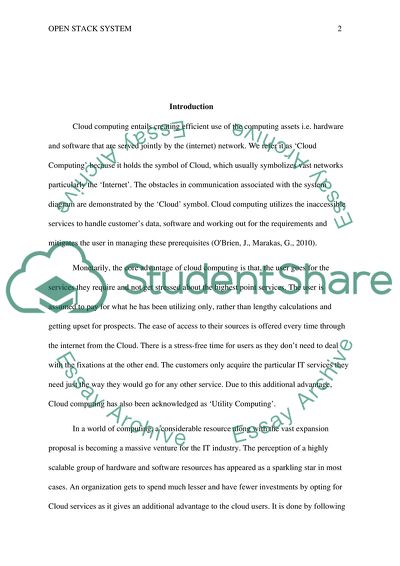Cite this document
(Open Stack System and Cloud Computing Coursework Example | Topics and Well Written Essays - 5000 words, n.d.)
Open Stack System and Cloud Computing Coursework Example | Topics and Well Written Essays - 5000 words. https://studentshare.org/information-technology/1875981-openstack
Open Stack System and Cloud Computing Coursework Example | Topics and Well Written Essays - 5000 words. https://studentshare.org/information-technology/1875981-openstack
(Open Stack System and Cloud Computing Coursework Example | Topics and Well Written Essays - 5000 Words)
Open Stack System and Cloud Computing Coursework Example | Topics and Well Written Essays - 5000 Words. https://studentshare.org/information-technology/1875981-openstack.
Open Stack System and Cloud Computing Coursework Example | Topics and Well Written Essays - 5000 Words. https://studentshare.org/information-technology/1875981-openstack.
“Open Stack System and Cloud Computing Coursework Example | Topics and Well Written Essays - 5000 Words”. https://studentshare.org/information-technology/1875981-openstack.


